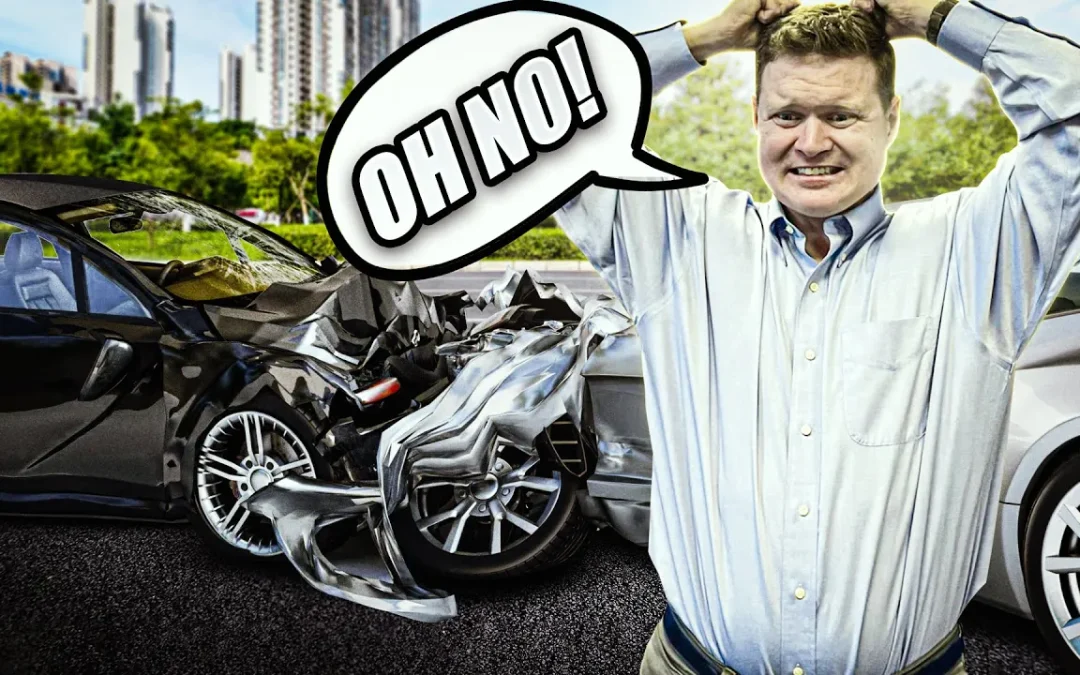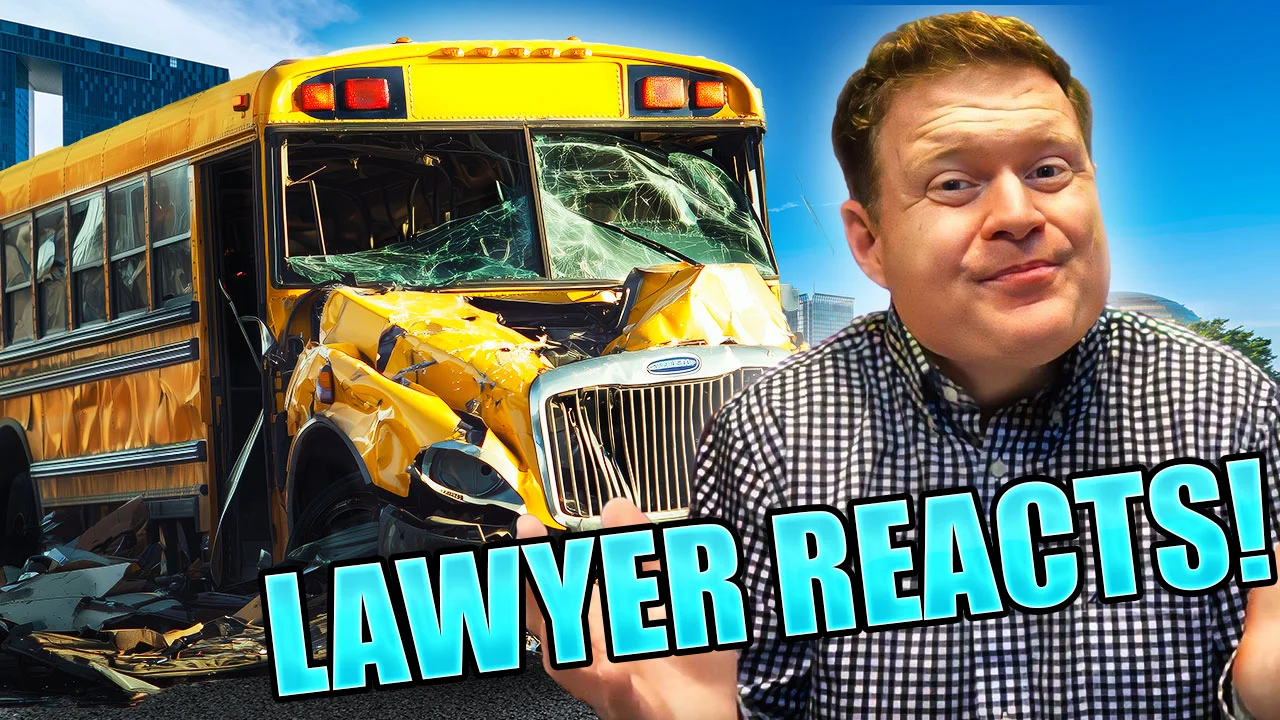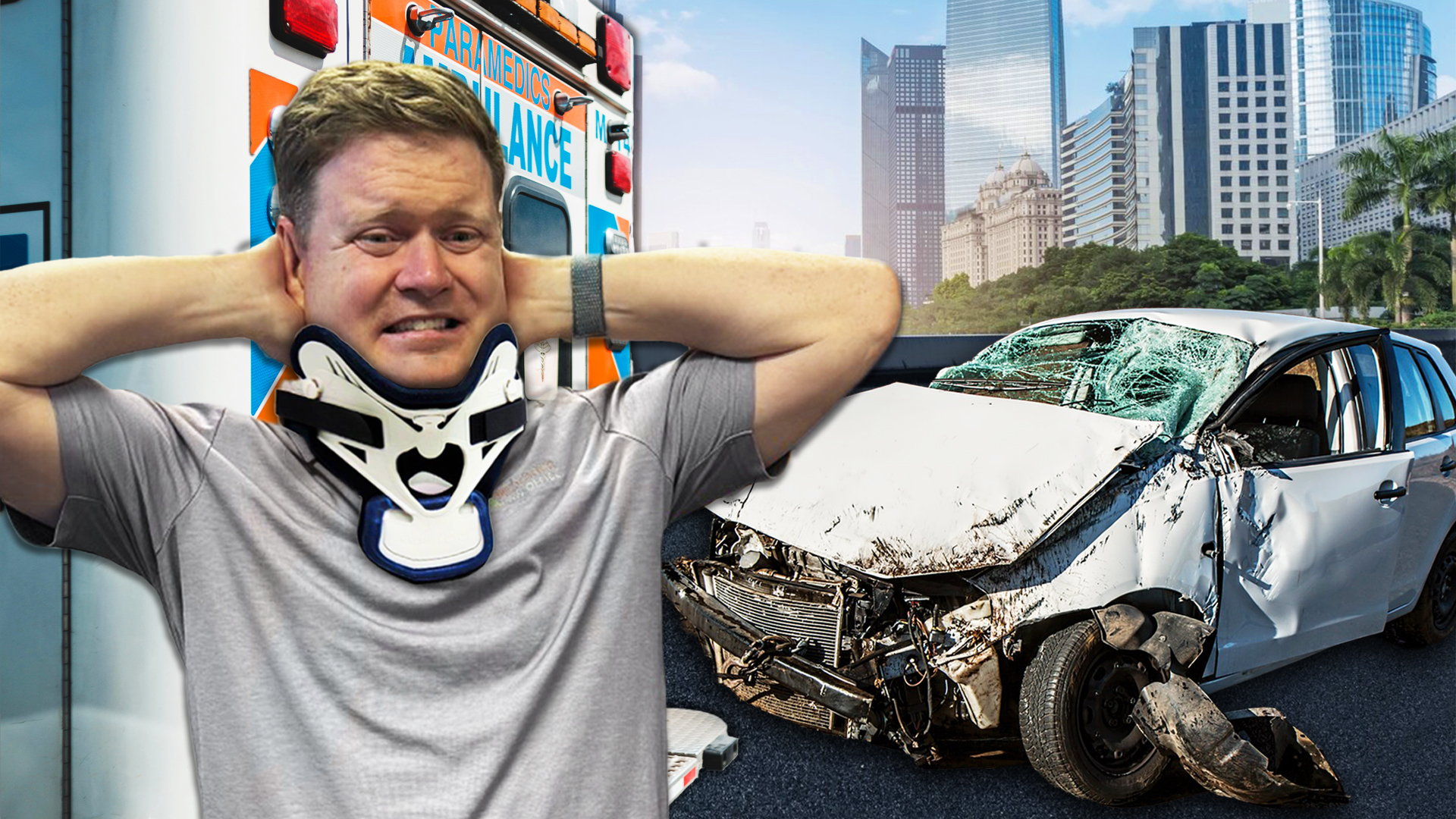You do not want to make the mistakes I’m going to tell you about if you’ve been injured in a car accident. The four mistakes I’m going to go over in this video can completely destroy your case or significantly devalue it. To illustrate my points, let me tell you the story of my past client Ava.
Ava’s case involved a car accident, but what I’m about to teach in this video will apply to any type of injury case, including not only automobile accidents, but also slip and trip and fall incidents, dog attack cases, and any other type of personal injury case.
Mistake #1: Giving a Recorded Statement to the Adverse Insurance Company
Ava was involved in a rear-end motor vehicle accident. The vehicle she occupied was rear-ended by a driver who was inattentive. After the accident, she did not go in an ambulance but managed to get a ride to the hospital. Ava suffered injuries to her head, left hand, neck, left knee, shoulders, and lower back. Diagnostic testing at the hospital did not reveal that Ava sustained any broken bones, but she was diagnosed with a concussion.
The other driver’s insurance company wanted to take Ava’s recorded statement after her accident. This leads to the first mistake you want to avoid with the handling of your injury claim: Do not give an adverse insurance company a recorded statement. You are not required to give a recorded statement to an adverse party’s insurance company. If you do, your statement can be used against you later in your case. The goal of the insurance company is to get you to say something that can limit the amount they have to pay you. Thus, never give a recorded statement to an adverse insurance company.
Mistake #2: Accepting the Insurance Company’s Lowball Initial Offer
After Ava was discharged from the hospital, she sought additional medical treatment, including physical therapy and pain management treatment. When it was all said and done, Ava’s medical bills totaled a little under $27,000. I sent a demand package for Ava to the at-fault driver’s insurance company, demanding that they pay out the insurance policy limits. In response to our demand, I got an initial offer of under $17,000 to settle Ava’s case. However, I knew Ava’s case was worth much more than that.
This leads to the second mistake: Do not accept the insurance company’s lowball initial offer. An insurance company’s initial offer is almost never the most they will be willing to offer unless they are offering the policy limits. You can negotiate a higher settlement. Often, you must show the insurance company you are willing to fight for a fair settlement. In Ava’s case, after the lowball offer came in, I wanted to show the insurance company that we were not going to back down and accept a settlement well below the case’s value. So, I filed a lawsuit against the at-fault driver to show the insurance company we would not back down.
Mistake #3: Failing to Timely File a Lawsuit After a Lowball Offer
This leads to the third mistake: Failing to timely file a lawsuit after you get a lowball offer. If you get a lowball settlement offer or an offer that is not fair, you should file a lawsuit. By filing a lawsuit, insurance companies take your claim more seriously. It shows them you are not going to back down. Lawsuits can take a considerable amount of time and money for the insurance company to defend, which can motivate them to offer a higher settlement.
Mistake #4: Failing to Work Up Your Case After Filing a Lawsuit
After filing a lawsuit for Ava, I was not done. I continued to litigate her case. With Ava’s help, I answered written discovery questions on her behalf that were sent over by the defense lawyer retained by the other driver’s insurance company. I sent over written discovery questions to opposing counsel for the at-fault driver to answer. I produced Ava for her deposition. I communicated with the defense attorney via phone calls and several emails discussing the case. I also moved for a trial date, and we were ordered by the court to mediate the case.
This leads to the fourth mistake: Failing to work up your case after filing a lawsuit. If you file a lawsuit, you need to work up your case and prepare it for trial. Most injury cases do not end up going to trial, but working up the case and moving it towards a trial puts pressure on the insurance company. If you fail to work up your case, the insurance company will not take your claim seriously. By working up the case and pushing it towards a trial, it is much more likely an insurance company will raise the amount they are willing to offer you to settle your case.
Conclusion
In Ava’s case, we ultimately complied with the court’s order and mediated the case a month prior to the trial date. Mediation is a settlement conference where a neutral party, known as a mediator, helps the parties try to reach a settlement. We were able to settle Ava’s case at mediation for nearly $90,000, which was well over five times the amount of the initial offer.
If you want a fair and reasonable settlement in your injury case, it’s not always going to come easily. The insurance company will not usually make it easy on you. You have to avoid the mistakes I discussed in this video if you want a chance at a fair and reasonable settlement like Ava got.
The thing is, just because you avoided these mistakes does not guarantee the insurance company will make you a settlement offer. And if you fail to get what you believe is a fair and reasonable settlement offer, you have to consider taking your case to trial.
In the next video about to pop up here, I’ll tell you what factors you should consider when debating to take your case to trial. Lastly, if you’ve been injured in a car accident, slip or trip and fall incident, or dog attack incident in Kentucky, you may need a personal injury attorney in Louisville, and remember: don’t wait, call Tate.








Recent Comments